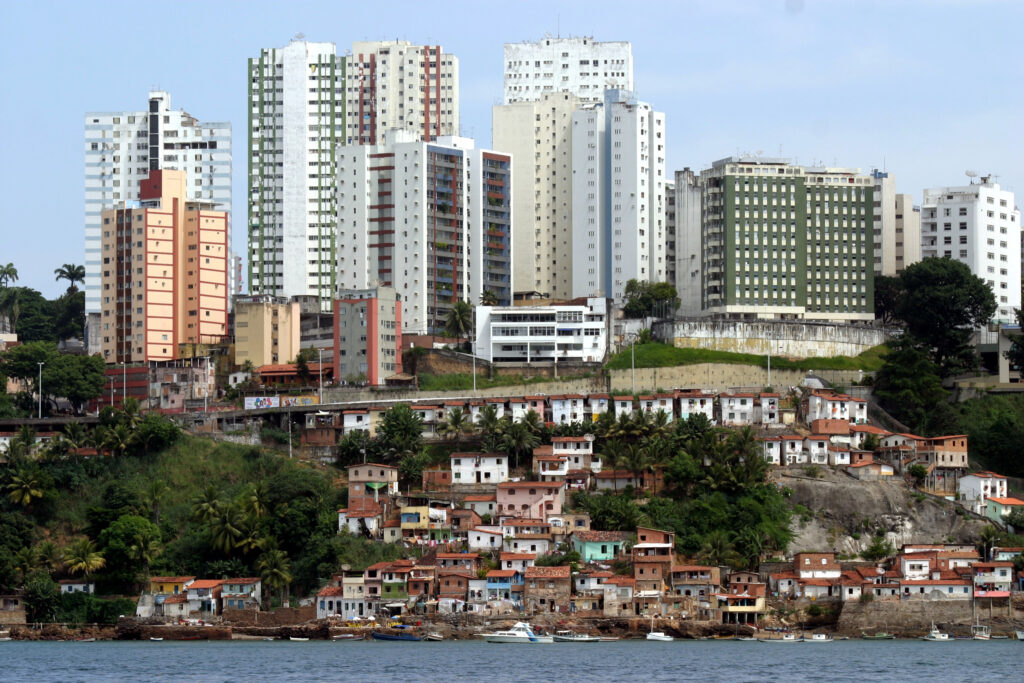Context

36 million people around the world suffered from drug use disorders in 2020. It is expected in the coming years that the number of people who use drugs will increase by 11%. Emphasis must be placed on the attention of social vulnerabilities linked to problematic drug use in the territory.
The public policy approach to the problems derived from drug use has travelled a complex path since its beginnings in the early 20th century. It is now understood to be a complex phenomenon with multiple cultural, social and economic dimensions.
The illicit drug market is under the control of criminal groups and remains a huge business that affects many countries, their institutions, economies and their social dynamics. It is estimated that it moves between US$426 billion and US$652 billion annually, which would be equivalent, in GDP terms, to being on a par with countries such as Sweden.
South America is responsible for the total production of coca leaf, base paste and cocaine hydrochloride in the world. The total area allocated to the illicit cultivation of the coca plant in South America grew from 120,600 hectares in 2013 to an all-time high of 245,000 in 2017, equivalent to half a million football fields in South America alone.
It is necessary to take into account the economic and social context: many poor peasants turn to drug crops as a tool to climb out of poverty.
Thus, coherence between the different public policies that intervene in the drug field is essential to advance their effectiveness.
Old law enforcement-oriented approaches to drug policy are now being revised and development-oriented approaches are increasingly attractive to many countries in the region. This has been confirmed during UNGASS 2016, where LAC member states emphasised their intention to reform current drug policy models.





